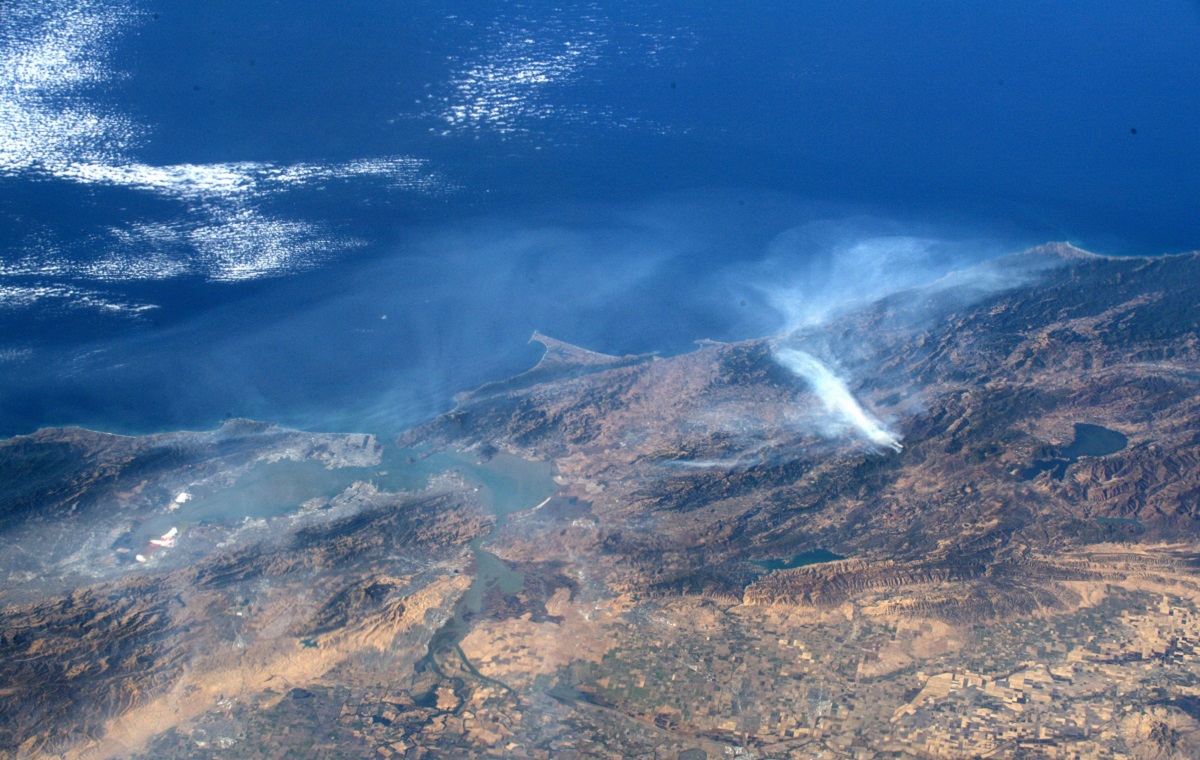In January, teenage climate activist Greta Thunberg told an audience at Davos, "I want you to act as if our house is on fire. Because it is."
Many Californians have no choice but to act like the world is going up in flames. My heart is with the 200,000 people forced to evacuate. It's with those who have lost their homes, or who worry they will soon. It's with everyone who is sleeping in their car or on a shelter cot. It’s with our first responders, including those who will be returned to cells once the fires are out. It's with the older, disabled, and medically fragile people who are struggling to breathe.
For the moment at least, our politicians are acting like the world is on fire too. That can be a good thing. California doesn't need another blue-ribbon commission on fire safety. It needs leadership willing to spend money and political capital on pushing through the policies necessary to save lives, homes, and communities. And disasters, awful as they are, often open up a space of political opportunity to make substantive change.
Our opponents understand this. Some California Republicans are cynically deploying this emergency to argue against renewable energy requirements for our state’s largest utility, PG&E. This, they want us to believe, is “smarter climate policy.”
And President Trump has used this moment of crisis to order Governor Newsom to “‘clean’ his forest floors.” But the best available research suggests that aggressively logging backcountry forests does not make California communities safer. When forests are clearcut under the guise of “fire suppression” and replanted with tree plantations, fire risk shoots up. And in the course of becoming two-by-fours, logged trees release a shocking two-thirds of their carbon into the atmosphere, making climate change worse.
Instead of using these disasters to promote backward-looking policies, we should take this opportunity to reframe the way we think about wildfires and fire safety. That starts with accepting that what we call “wildfires” aren’t so “wild” anymore. They’re exacerbated by human-caused climate change. Since the 1970s, fire season has gotten more than two months longer. Fires burn 400 degrees hotter than they did in decades past. They strike more frequently and they reach areas that once rarely burned.
Our goal shouldn’t be to end fires, but to create fire-smart communities where people can stay safe when fire comes. Fires have existed in California long before it was California. They rejuvenate plant life and are part of a healthy forest ecosystem. But there’s so much more we can do to protect ourselves. This means establishing defensible space around homes, thinking seriously about limitations on building in high-risk areas, and supporting fire-resistant home retrofits. (For more on what fire-smart communities would look like, see this letter we wrote with a coalition of California environmental groups after the deadly wildfires of 2017.)
To keep California’s fires from becoming even more destructive, we must make a just transition to a renewable energy economy and keep our forests healthy so they can continue to act as carbon sinks. Although California has set relatively ambitious targets for climate action, our politicians have yet to commit to the kind of transformational change needed to decarbonize the world’s fifth-largest economy. Governor Newsom has not stopped issuing permits for new fossil fuel infrastructure and extraction. He’s allocated funds to study a managed winddown of our state’s fossil fuel operations—but has yet to commit to concrete action.
We need to act on the bold, far-reaching proposals put forth by passionate youth climate activists and those from frontline communities—now. It's time to fight fire with fire.
